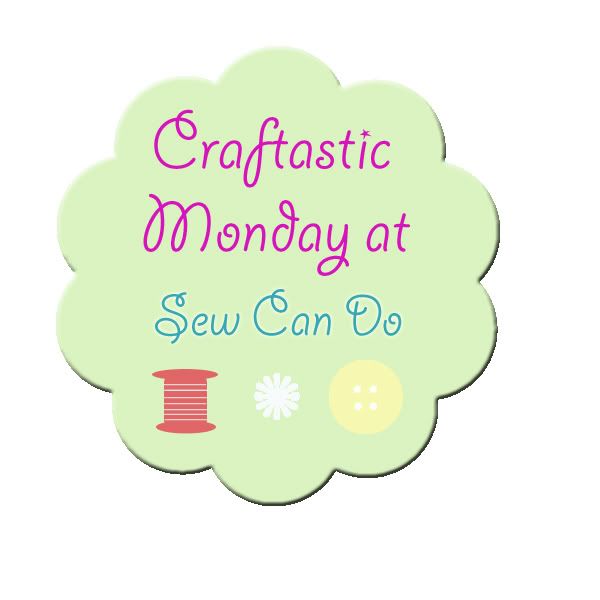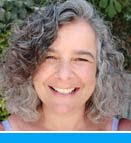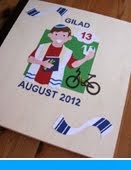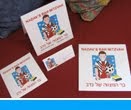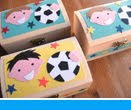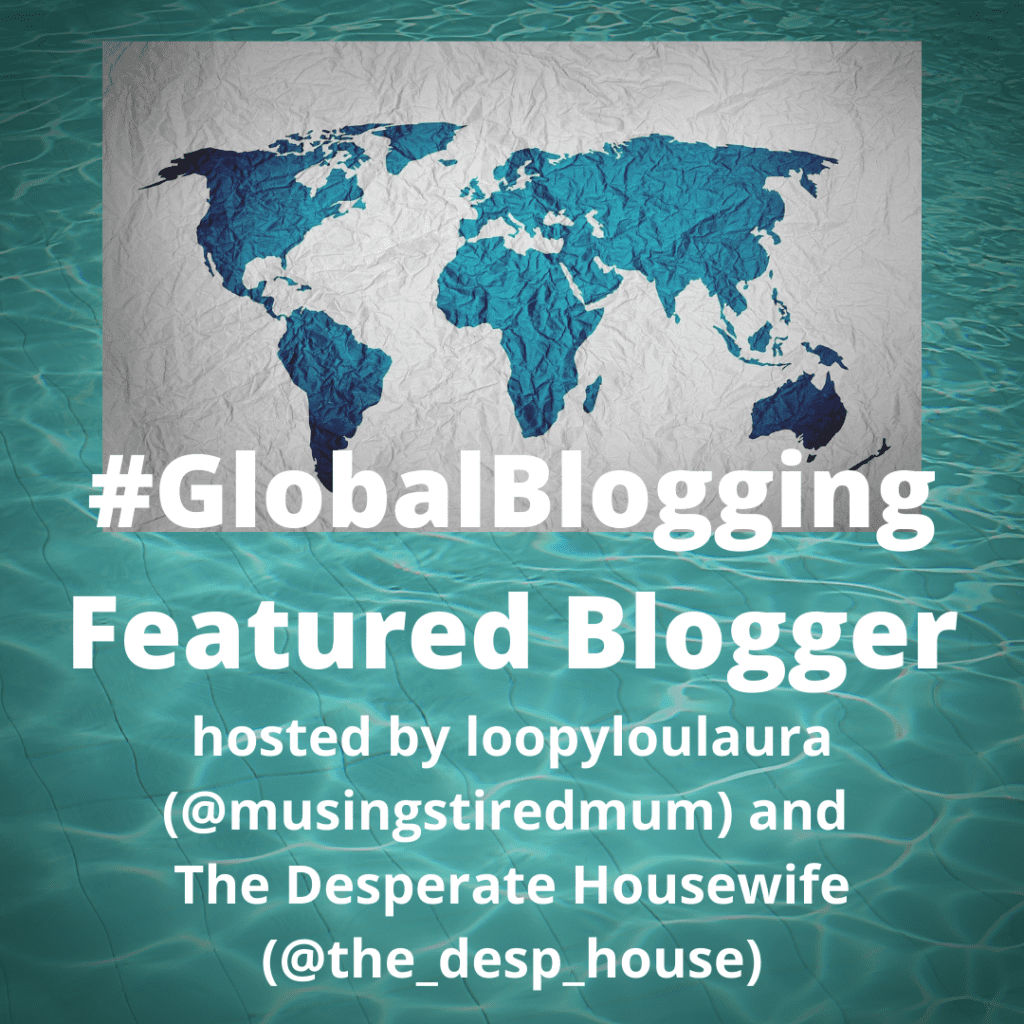Juliet and I were flatmates over 25 years ago. Though we live on different continents, we have remained in contact on and off since then. Social media makes it easy these days. Juliet messaged me some months ago to ask if I would make something for her #50cardsfor50 project. Always the entrepreneur, for her 50th birthday she is asking people to make a card with a piece of advice on the card or something beautiful and inspiring. She wondered if I'd be interested in making one.
Juliet sent me a pack in the post and I eventually got to work. I wanted to create something "Israeli", something that said something about the place I call home. I decided to papercut the word "Shalom" in both Hebrew and English. "Shalom", like many Hebrew words, has more than one meaning. Shalom means peace. However, "peace" is only one small part of the meaning. "Shalom" is also used to both greet people and to say goodbye, but it means much more than "peace, hello or goodbye"...
Shalom is rooted in the word שלם (shaleim) which means wholeness, completion, wellness, perfection. When we are "at peace" we feel a sense of "wholeness."
I backed the white postcard with blue paper. The national colours of Israel are officially blue and white, as seen on the flag of Israel. An early Zionist poem explains that the colour white symbolises great faith; blue the appearance of the firmament. (The original dark blue stripes were later lightened to heighten visibility at sea.) Because of its association with the State of Israel, blue has become very popular in contemporary Jewish design.
Juliet is currently putting all the cards she receives on Instagram and possibly has other ideas for them as well. She seemed thrilled to receive my card, writing the following on Facebook:
"Lisa is an artist and makes beautiful cards and paper cuts. I asked if she'd make me something for my birthday #50cardsfor50 project and she sent me this. I love it."
* This post has been shared on All Seasons, Happiness is Homemade, The Weekly Link Up and Tuesdays with a Twist.













